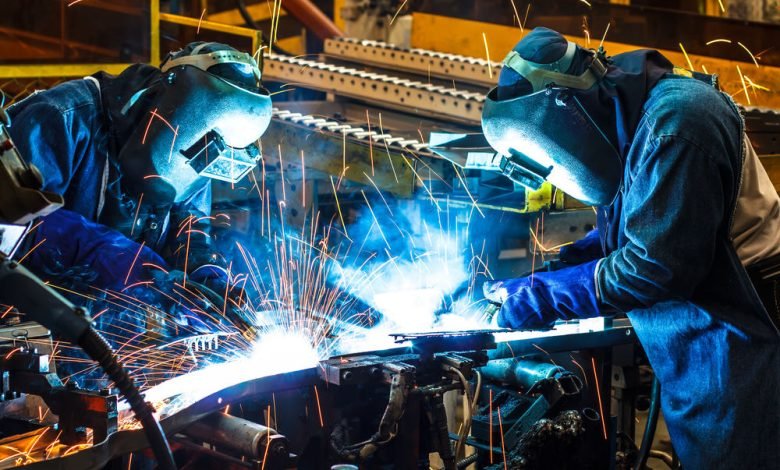Learn about all the fundamentals of Steel Fabrication

Fabricating something out of steel requires many steps, including cutting, bending, and assembling raw steel into a usable shape. Numerous sectors, including building, industry, and infrastructure, make extensive use of this method. Hence, if you want to know about this method, then here in this article, we have discussed everything that you need to know about steel fabrication.
The Materials Used in Steel Fabrication
Fabricating steel requires a variety of metals, including carbon steel, stainless steel, and aluminum. The material you go with should have the appropriate qualities for your project, such as strength, durability, and corrosion resistance. Carbon steel’s strength and low price make it a go-to material for many building tasks. If you need a material that won’t rust or corrode, stainless steel is your best bet. When a lightweight and corrosion-resistant substance is needed, aluminum is the material of choice.
Design and planning process of steel fabrication
A crucial step in the steel fabrication process is the concept and planning stage. Using computer-aided design tools, in-depth blueprints or three-dimensional models are crafted. The design phase is crucial because it determines whether or not the final product will look, measure, and operate as desired by the client. Also taken into account by the fabricator at this stage are weight bearing capacity, weather resistance, and structural integrity.
The Cutting Steel
Cutting steel in proper dimensions and shapes is the next stage in steel fabrication. Plasma cutters, saws, and shears are among the speciality instruments used to accomplish this. However, if you want accuracy in such cutting process, then hiring trained professionals could be your best bet.
The professionals can cut the steel to length and then bent into the required form. One can use press brakes, rollers, or mandrels to accomplish this. Rollers are used to form steel into curved or cylindrical forms, while press brakes are used to bend flat steel sheets and plates. Mandrels are commonly used in the manufacturing of pipes and other similar applications that require a sharp bend.
Assembling Steel Structures
After the individual pieces of steel have been cut and bent, they are put together to form the finished product. Welding, riveting, and fitting are all viable methods for joining steel parts together. When joining steel parts, welding is by far the most prevalent technique. Welding is an intricate process that calls for a specialist’s touch to guarantee the durability of the end result. It is therefore one of the most crucial steps, which should always be taken care of by professionals in the field.
Quality Control
In the steel fabrication procedure, quality control is of utmost importance. To guarantee the product is up to par, it must undergo extensive testing and inspection at each stage of production. Non-destructive testing, visual examinations, and stress testing are all examples of quality control methods. The product’s safety, longevity, and functionality are guaranteed by quality control. Without appropriate quality control system not only this process but operation in any sector is inefficient.
Following assembly, the steel parts are given a coating to prevent rusting and enhance their aesthetics. Sandblasting, painting, and powder coating are all viable options for the final covering. Rust, debris, and other impurities can be cleaned off the steel’s surface with a sandblaster. After the steel has been cleaned and prepared, it is painted or powder coated to prevent corrosion and enhance the look of the final product.
The Transport and Installation
Transport and installation of the completed steel fabrication work constitute the concluding step. Shipping goods requires meticulous preparation to guarantee their timely and secure delivery. Installing a device properly calls for the expertise of trained professionals.
In summation, steel fabrication is a labor-intensive process that entails cutting, bending, and assembling steel parts to produce a finished good. In order to guarantee a secure, long-lasting, and functional end result, the process necessitates trained personnel, cutting-edge equipment, and a dedication to quality control.
Conclusion
Steel fabrication is quite crucial in many sectors, including the building, manufacturing, and transportation businesses. Steel fabrication is one of the most important sectors in most economies and, that is why paying attention to this industry is also of utmost importance. The details involved in the entire process should be emphasised on and to increase efficiency all the points discussed above should also be focused on.




